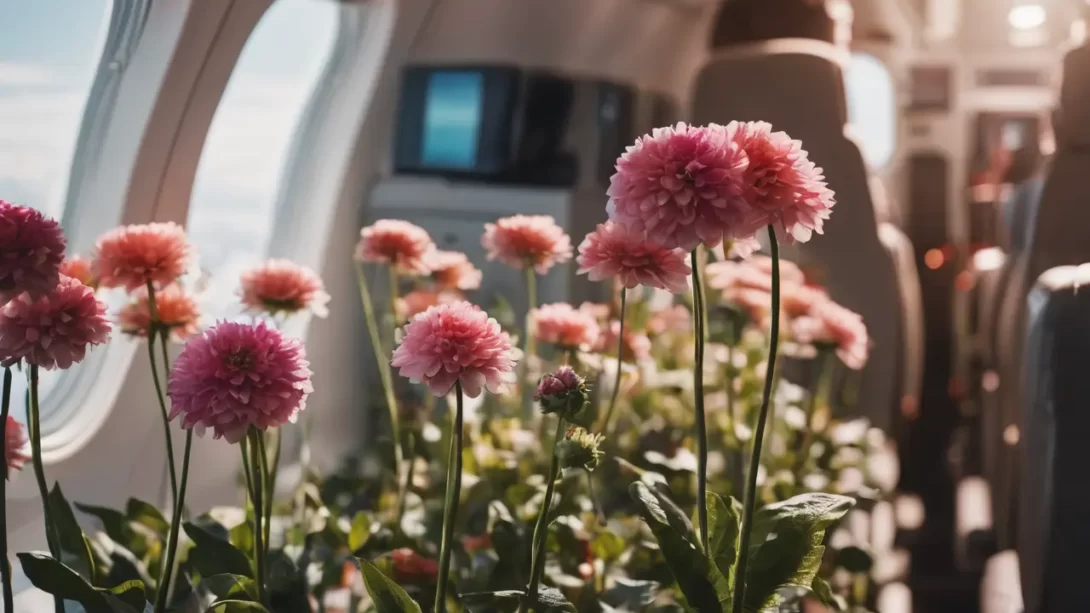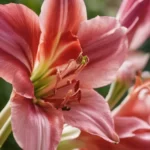Travelers often wish to bring flowers on a plane, whether as a thoughtful gift for someone waiting at their destination or as a cherished souvenir from their travels. However, carrying flowers on an airplane involves navigating various airline policies and security regulations. This article provides essential information for passengers looking to travel with flowers, ensuring they comply with the relevant guidelines and have a smooth journey.
Airline Policies on Flowers
Different airlines have varying policies when it comes to transporting flowers. Generally, flowers are allowed on board as carry-on items or checked luggage. However, specific rules regarding the packaging and placement of the flowers in the cabin or cargo hold can vary. For instance, some airlines may require flowers to be securely wrapped to prevent water spillage. It is crucial for passengers to check with their airline in advance, as failure to adhere to these guidelines could result in being unable to bring the flowers on the flight.
TSA and Security Regulations
In addition to airline policies, passengers must also consider the Transportation Security Administration (TSA) regulations. The TSA typically allows flowers to pass through airport security in carry-on baggage. However, they must undergo the standard security screening process. Passengers should be prepared to remove the flowers from their carry-on for inspection if requested. It’s important to note that while TSA guidelines are generally consistent, there can be variations based on the discretion of individual security agents or specific airport policies.
Domestic vs. International Flights
When it comes to bringing flowers on a plane, the rules can significantly differ between domestic and international flights. For domestic flights within the same country, carrying flowers is usually straightforward, adhering to the airline’s specific policies and TSA regulations. However, international travel introduces additional layers of complexity due to customs and agricultural controls. Many countries have strict regulations about bringing plants and flowers across borders to prevent the spread of pests and diseases. It’s essential to research the destination country’s rules before attempting to bring flowers on an international flight. In some cases, it may be prohibited, or there may be a need for special permits or inspections.
Preparing Flowers for Travel
Proper preparation is key to successfully bringing flowers on a plane. Flowers should be securely packaged to prevent damage and avoid water spillage. Using a sturdy box or a specialized flower carrier is recommended. The stems can be wrapped in a damp cloth or paper towel to keep them hydrated, and then covered with a plastic bag to retain moisture. It’s also advisable to trim the stems and remove any excess foliage to reduce bulk and make the flowers easier to transport. When packing the flowers, ensure they are easily accessible in case they need to be inspected during the security screening process.
Tips for Keeping Flowers Fresh During Travel
Keeping flowers fresh during a flight can be challenging, especially on longer journeys. Here are some tips to help maintain their freshness:
- Hydrate the flowers well before the trip.
- Use a floral preservative in the water if pre-soaking the stems.
- Avoid exposing the flowers to extreme temperatures, both hot and cold.
- Consider transporting flowers in a cool, insulated bag if the journey is particularly long or if traveling in warm weather.
Alternatives to Bringing Fresh Flowers
In situations where transporting fresh flowers on a plane is too complex or not feasible, there are practical alternatives. One option is to ship the flowers ahead to your destination using a reliable courier service. This approach often ensures that the flowers are handled correctly and arrive in good condition. Another alternative is to purchase flowers upon arrival at your destination. Many airports have flower shops, or you could locate a florist near your destination. This not only simplifies travel but also supports local businesses and ensures the flowers are fresh.
Conclusion
Bringing flowers on a plane is possible, but it requires careful planning and adherence to airline and TSA regulations. For international flights, additional customs and agricultural rules must be considered. Properly preparing and packaging the flowers can help ensure they remain fresh and intact throughout the journey. However,
if the process seems too daunting or if regulations are restrictive, shipping the flowers or purchasing them at the destination are viable alternatives. By being informed and prepared, travelers can successfully include flowers in their journey, whether as a gift or a personal keepsake. Remember to always check the latest guidelines from your airline and the TSA, as well as any specific regulations related to your destination, to ensure a hassle-free experience when traveling with flowers.



